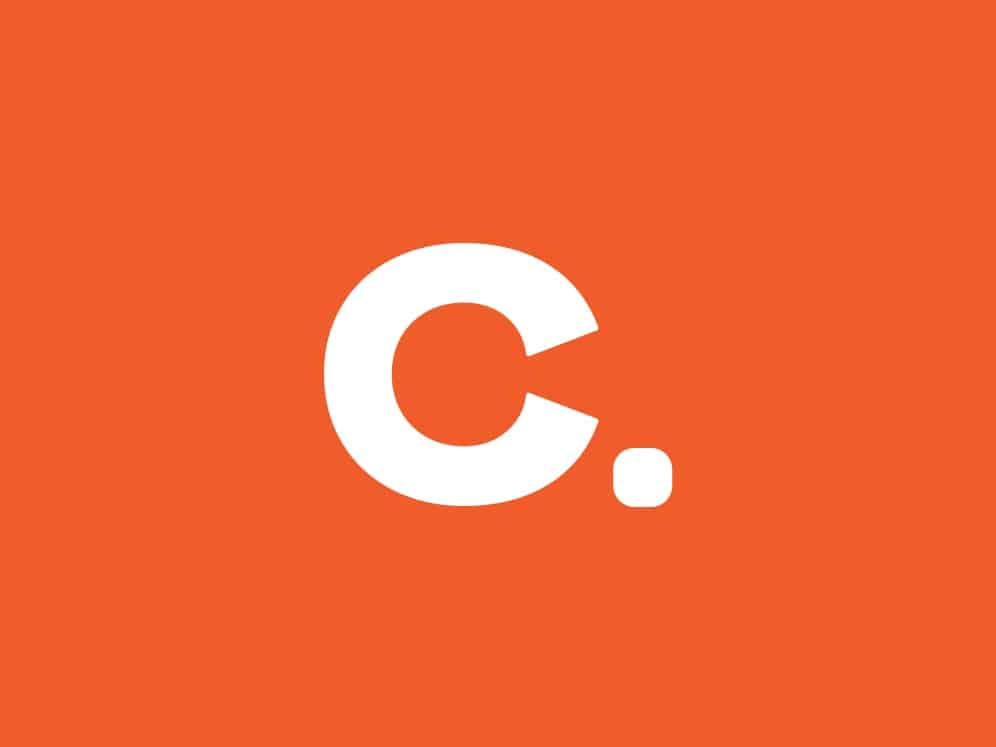The recent article in TheUpshot column of The New York Times contained the headline that many of us in the healthcare transformation club have been waiting for:
“Hospitals and Insurers Didn’t Want You to See These Prices. Here’s Why.”
Given the requirement that hospitals now publicly disclose their rates, the NYT paired up with researchers from the University of Maryland – Baltimore County to see where things stand. The story goes on to shine a light on the very dark labyrinth of healthcare contracting and pricing, with heart-breaking anecdotes from patients, incredulous comments from academics and economists, and statements from some of the largest provider systems in the country.
Reading these anecdotes and statements reinforces to me how complex and systemic the issues are surrounding healthcare costs, and why no one (yet) has been able to crack the CPT-code, to coin a phrase. And keep in mind that while the price charts and graphs are compelling, cherry-picking individual treatments of a given carrier with a select provider may often fail to reflect the reality of the true costs faced by an employer or member.
Despite the gloom and doom, this article also in many ways validates what we at Centivo, and many like us, have been hammering away at for years. Let’s unpack a few of the most provocative quotes.
“Small health plans with seemingly little leverage are sometimes out-negotiating the five insurers that dominate the U.S. market.”
So, in other words when it comes to healthcare negotiations, scale is greatly overrated. This is especially true when it comes to serving the needs of the self-funded employer community and its growing focus on value-based care. The big five’s “all-inclusive” broad networks just are not fit for that purpose.
Centivo, which serves only self-funded employers, is able to negotiate competitive unit costs from our network providers because our model is completely aligned with the business interests of high-value providers. For example, our network strategy and plan design are architected to: (1) Drive more patients to high-value providers, (2) Structurally eliminate patient collection effort & bad debt, (3) Reduce administrative burden, and (4) Reward providers that effectively practice high-quality, coordinated care with increased compensation. Where necessary, Centivo’s unit costs have been validated through consultants, stop loss markets, and providers themselves.
And when it comes to making the tough calls around network inclusion, the big traditional carriers are structurally hamstrung:
“Customers judge insurance plans based on whether their preferred doctors and hospitals are covered, making it hard for an insurer to walk away from a bad deal. The insurer also may not have a strong motivation to, given that the more that is spent on care, the more an insurance company can earn.”
By definition, networks that rely on including every provider are forced to make a deal with every provider. In contrast, Centivo can choose to have no deal if a provider partner fails to meet clinical and/or financial thresholds for quality and affordability. Ultimately, the best leverage against a bad deal is the freedom to have no deal. Furthermore, networks that negotiate with providers for participation agreements in multiple lines of business (e.g., Medicare, insured, etc.) must view their commercial rate negotiations in the context of that broader relationship.
Here is another quote that jumped off the screen:
“People carefully weighing two plans — choosing a higher monthly cost or a larger deductible — have no idea that they may also be picking a much worse price when they later need care.”
Yet another example of how the magic of healthcare ‘consumerism’ has failed, period. And keep in mind, for the example above, these “people” very often are in a self-funded employer health plan, and as the article rightly points out – the employer has no idea either! That is why we feel it is so important for a health plan like Centivo to do the heavy lifting on the provider/supply side so that the employer can offer a plan design that is easy, affordable and straightforward.
Relying on the ‘invisible hand’ of market forces, where the patient is the change agent, is just not going to happen. As the landmark study by Michael Chernew, Zack Cooper, et al revealed, people don’t shop – they trust their doctors’ advice. And the new rules around price disclosure aren’t going to help “shoppers” much either:
“The new price data is often published in hard-to-use formats designed for data scientists and professional researchers. Many are larger than the full text of the Encyclopaedia Britannica.”
Even if the data does one day become more user-friendly, does anyone truly believe that publishing the prices negotiated for MRIs in Phoenix or ventilators in Tallahassee has much to do with true cost control? Let’s all cross our fingers that the infamous Danish concrete phenomenon doesn’t happen here, where divulging full price information actually lead to prices going up, not down.
Let me be clear, we at Centivo are not “anti-transparency”. In fact, radical transparency is at the foundation of our health plan. Clients can review to the penny our fees and all other charges passed on to them. And members can see, before they get care, their simple, predictable copay schedule. Contrast this approach with the ordeal the Eichelberger family went through as described in the article, where a clerical error surrounding the total cost of a child’s rabies treatment sent the parents into a bureaucratic twilight zone to correct the bill:
‘“It was the most convoluted, useless process,” said Ms. Eichelberger, who was able to get the bill waived after five months of negotiations with the hospital.’
The central issue, however, is that price transparency alone is not the cure for the disease plaguing U.S. healthcare. Rather, it is a symptom of a larger, far-reaching affliction – acceptance of the status quo. Payers, particularly employers who provide the majority of coverage in this country, must REFUSE to continue to tolerate high costs overall, uneven quality, and providers whose higher comparative costs do not correlate to better health outcomes. Instead, self-funded employers should work with their advisors to find ways to incent and reward efficient, cost-conscious health systems and practitioners who provide better care at lower costs.
That is the nexus for transformational change. And the good news is that there are health plans, like Centivo, anchored around leading providers of value-based care. Results have been nothing short of remarkable. Take a look for yourself here.

